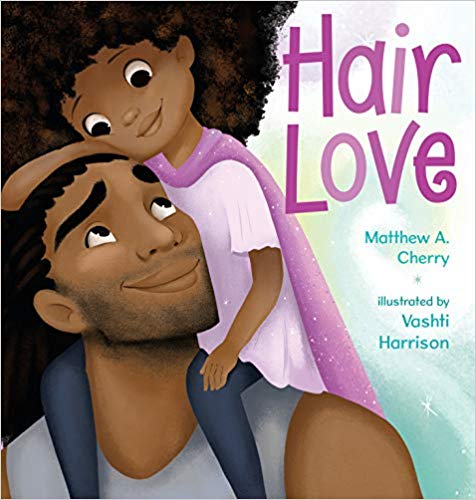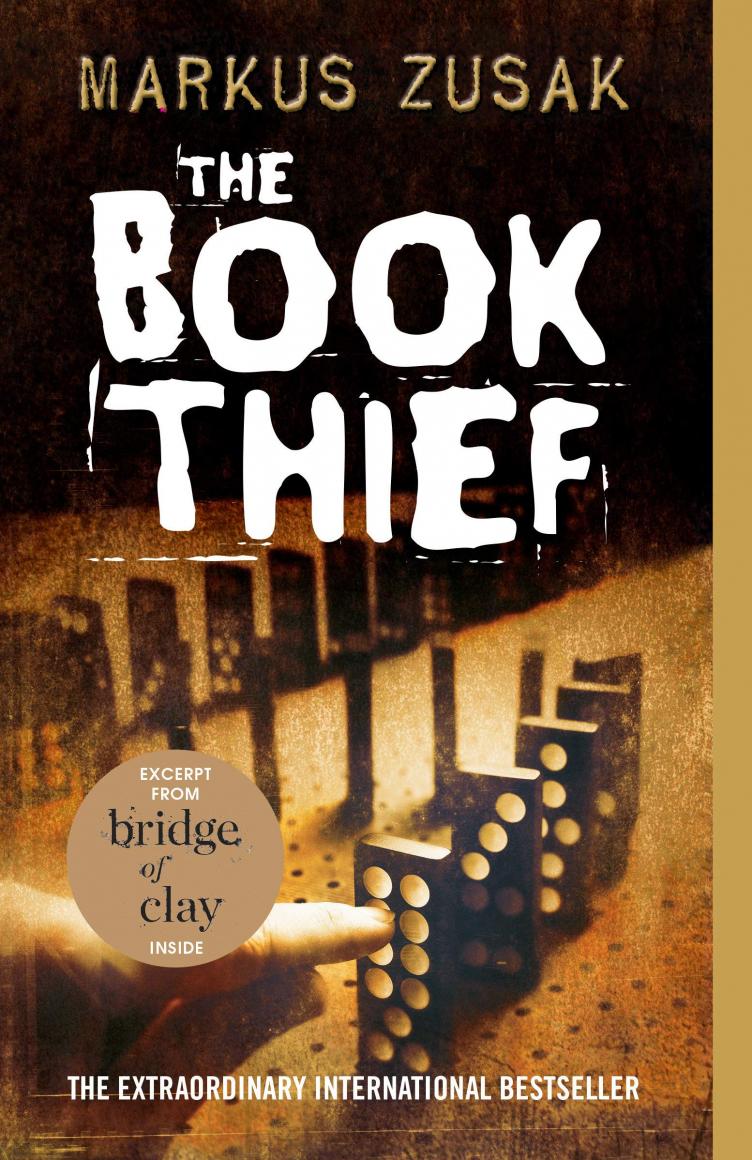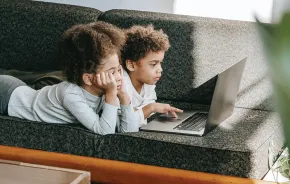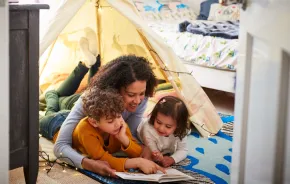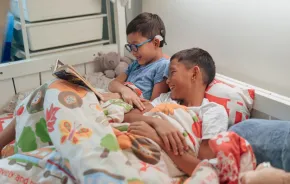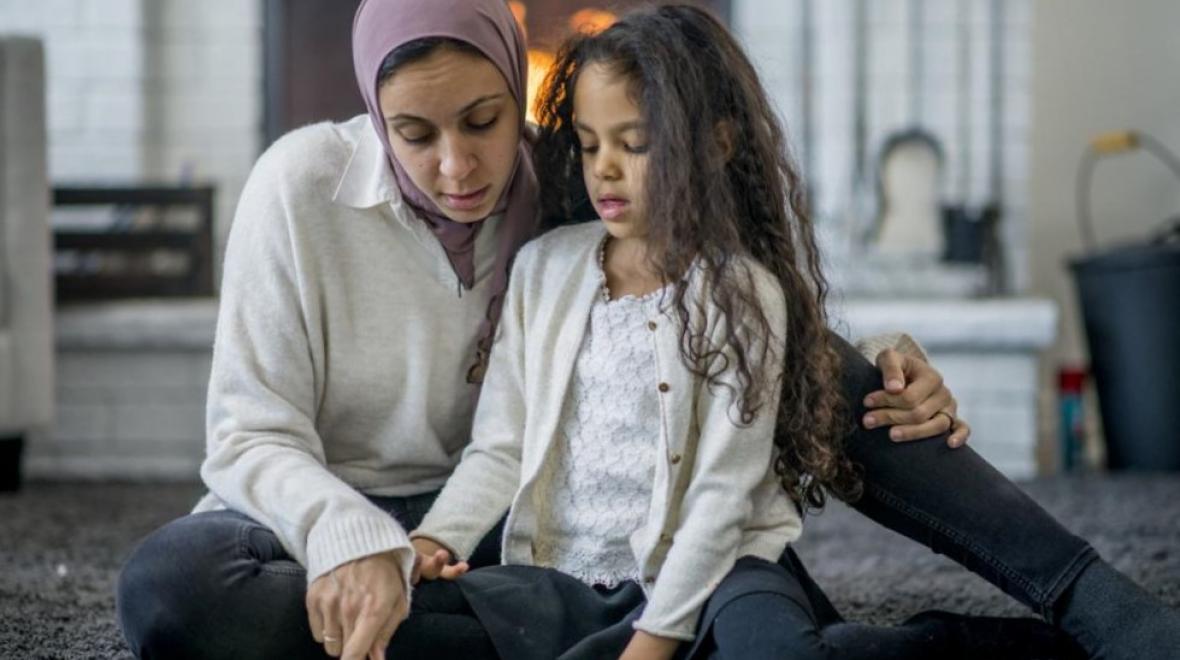
Like any parent trying to raise culturally competent and compassionate kids, I fill our family’s days with experiences designed to spark emotional and social growth. Ambitious travel experiences, check. Cultural festivals, check. Language lessons, museum trips, social justice club, all checked. But even with a calendar that fills up all too quickly with commitments that speak to us, I try to preserve time each day for reading books.
Unlike other pursuits, reading won’t produce a tangible result, such as a trophy or an impressively stamped passport. Its rewards are less flashy and slower to emerge. But reading offers a reward that even the most enriching after-school activity never could — the opportunity to expand my kids’ worldview beyond our cozy community and ignite empathy, self-discovery and growth.
Empathy education
A slew of studies show that reading stories helps build empathy and social understanding. And when it comes to emotional development, it turns out that some books may be more beneficial than others. Researchers in one study found that those who read fiction regularly score better on measures of empathy than those who read other types of content.
By stimulating deeply felt emotion, stories engender emotional skills that translate into real-world social growth, the researchers noted. In other words, stories help kids begin to see and understand the struggles of others. Georgia S. McDade, Ph.D., founding member and coordinator of Seattle’s African American Writers’ Alliance (AWAA), witnessed this growth over and over during her 30 years teaching at Tacoma Community College. “I called my four volumes of poetry ‘Outside the Cave,’ because that’s my favorite metaphor. There’s so much to gain if we step outside of our own experience. We don’t have to be afraid; we can let others be themselves. And children can learn that through reading.”
Just as important, literature enables children to see and understand themselves, notes Cindy Hudson, author of “Book by Book: The Complete Guide to Creating Mother-Daughter Book Clubs” (Seal Press). “Gaining empathy and knowledge from stories is important for existing in a diverse society, but just as important, in my opinion, is being able to see yourself and your life situation in stories so you don’t feel isolated and alone.”
Reading imagined stories aids kids in making sense of their reality, says Tom Nissley, owner of independent bookstores Phinney Books and newly opened Madison Books. “Not only does literature help develop empathy, but it can help develop self-identity as well. As important as it is to see others in stories, it’s important to be seen as well, to find our own stories portrayed. I think fiction for kids has made huge strides in that sort of representation recently.”
Melissa Hart, author of “Better With Books: 500 Diverse Books to Ignite Empathy and Encourage Self-Acceptance in Tweens and Teens” (Sasquatch Books), hopes this trend continues. “It’s critical that kids see themselves and their life reflected in literature. It’s beginning to happen, but young people deserve much more diversity in literature.”
Seeing themselves, friends and classmates represented in a fictional story such as “Lily and Dunkin” by Donna Gephart, which is about a friendship between a transgender girl and a boy with bipolar disorder, builds insight and compassion for the characters as well as their real-life counterparts, Hart notes. “When kids read about protagonists who struggle with issues reflecting their own, they’re free to explore both the struggle and potential solutions in a safe and anonymous way.”
The value of shared stories
For many fiction fans, diving into a novel is a solo pursuit, an escape from everyday life. As the picture books of early childhood give way to graphic novels and contemporary fiction for teens and young adults, reading for pleasure can become an individual hobby instead of something parents and kids share. But Hart wants to make the case for sustaining a shared reading habit through kids’ teen years.
“Kids need stories for escape, and even more for information on how to navigate an increasingly complicated and fast-paced world,” she explains. “In addition, I’d say that parents and other adults need the middle-grade and young adult literature being published today. Much of it is extraordinarily well-written, and so many novels give readers — regardless of age — a vivid sense of the concerns of kids today.”
Reading together encourages kids and parents to talk about these concerns by giving them the words and insight needed for meaningful conversations, says Hart. By equipping families with the tools to talk about complex issues like race, equity, privilege or body image, shared reading helps bridge a barrier that can otherwise prevent kids and parents from talking about things that matter to them.
What about other types of reading?
When it comes to social and emotional growth, fictional narratives tend to steal the spotlight, with good reason. According to a study documented in the journal PLOS One, narratives that draw the reader into a story (a process called “emotional transportation”) builds empathy for the experiences of others.
Yet don’t discount the learning value of other written works, such as memoir, poetry or any written form a child is passionate about. “Poetry packs a punch — it’s short but intense, and it gets the message across with fewer words, which can work well for younger kids with short attention spans,” says Linda Berentsen, owner of Olympia’s Orca Books, an independent bookshop in the process of converting to a cooperative membership model.
Young children don’t need to understand the mechanics of poetry to appreciate its rhythm, says McDade, who often uses poetry when she’s invited to read to 5- and 6-year-olds in Seattle classrooms. “You don’t have to tell them about rhyme schemes and iambic pentameter — they can pick it up.”
With a structure that’s more narrative than most nonfiction, memoir offers an immersive experience that can build young readers’ empathy and expand their worldview, says Hart. “I included several memoirs in ‘Better With Books’ — among them Steve Pemberton’s ‘A Chance in the World,’ [which is] about growing up in foster care, and Sara Saedi’s ‘Americanized,’ about realizing at 13 years old that she was an undocumented Iranian immigrant. An author’s story told in memoir form can be incredibly effective at offering insight and increasing readers’ compassion.”
Kids can become immersed in a story without even cracking a book, at live readings like Auntmama’s StoryTable with Seattle storytellers Mary Anne Moorman and Kathya Alexander. “Because my stories are generally told from the perspective of a child, I can tell stories from the Civil Rights movement, a time in history that was kind of horrific, and kids aren’t horrified,” says Alexander, author of “Angel in the Outhouse,” a collection of short stories centered around a black family living in the Civil Rights era. “It’s kind of like ‘The Diary of Anne Frank,’ where you hear about the horrors of the Holocaust from a child’s perspective, so you can understand it and empathize in a different way.”
The precise form a story takes might be less important than simply carving out time for reading and reflection, says Laurie Raisys, owner of Mercer Island independent bookshop Island Books. “A book takes time. So maybe what kids need is to be given time to appreciate the power of their imaginations and a chance to learn about themselves and others.”
In my book, that’s worth a whole shelf full of trophies.
Required readingAuthors Kathya Alexander and Georgia S. McDade and independent bookshop owners Tom Nissley, Laurie Raisys and Linda Berentsen share book recommendations, listed by age, for building empathy, insight and compassion: Ages 3–5:
“Julián Is a Mermaid” by Jessica Love “The Wonky Donkey” by Craig Smith (author) and Katz Cowley (illustrator) “Hair Love” by Matthew A. Cherry (author) and Vashti Harrison (illustrator) “Coco LaSwish: A Fish From a Different Rainbow” by Reagan E. J. Jackson Ages 6–11:“The Great Brain” series by John D. Fitzgerald (author) and Mercer Mayer (illustrator) “The Wild Robot” by Peter Brown “A Beautiful Day in the Neighborhood: The Poetry of Mister Rogers” by Fred Rogers (author) and Luke Flowers (illustrator)
“Malala: My Story of Standing Up for Girls’ Rights” by Malala Yousafzai (author) and Sarah J. Robbins (adapter) Ages 12–18:“March: Book One” by John Lewis (author), Andrew Aydin (author) and Nate Powell (illustrator) “Just Mercy: A Story of Justice and Redemption” by Bryan Stevenson “Internment” by Samira Ahmed “The Hate U Give” by Angie Thomas “The Book Thief” by Markus Zusak |




